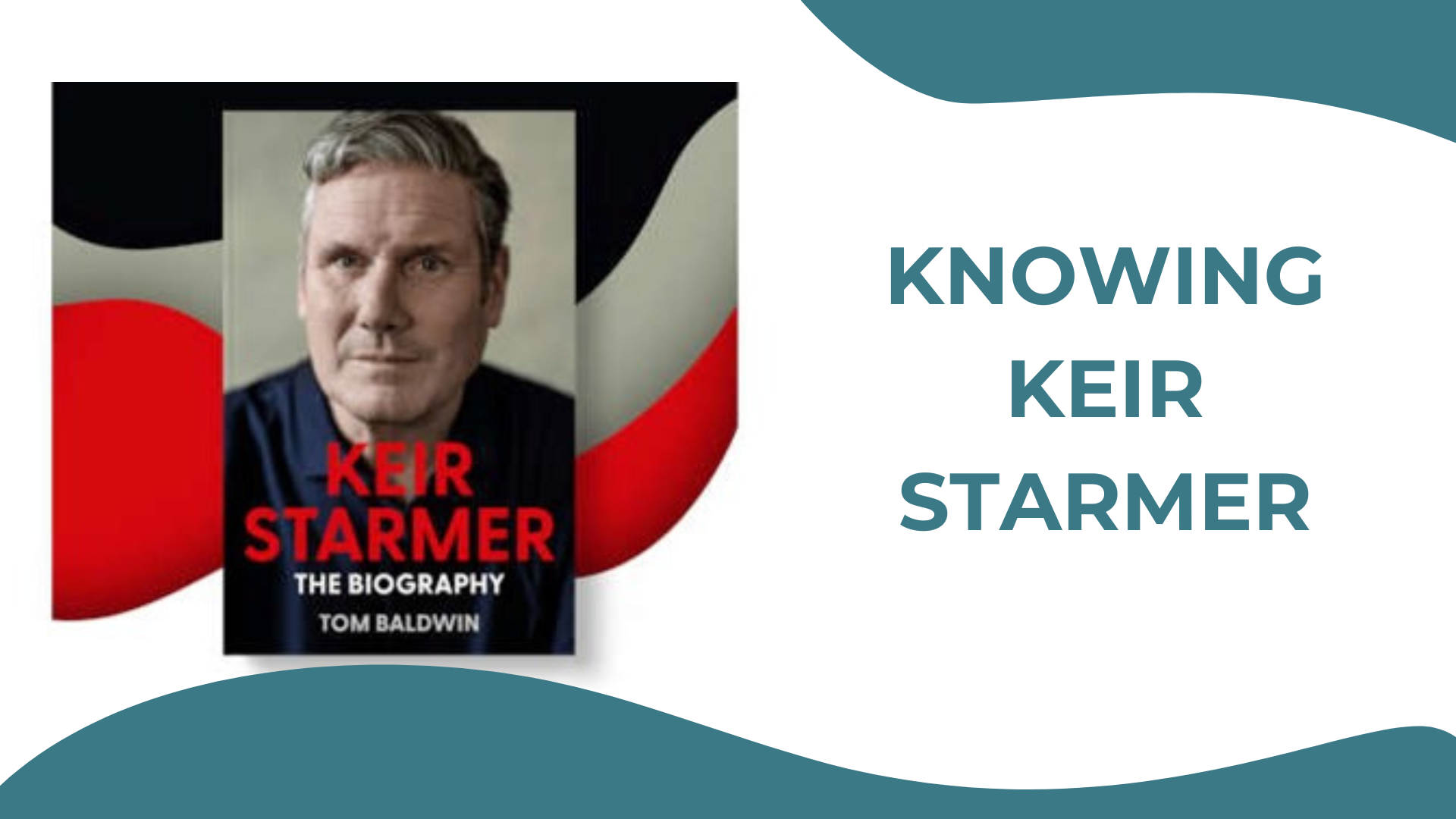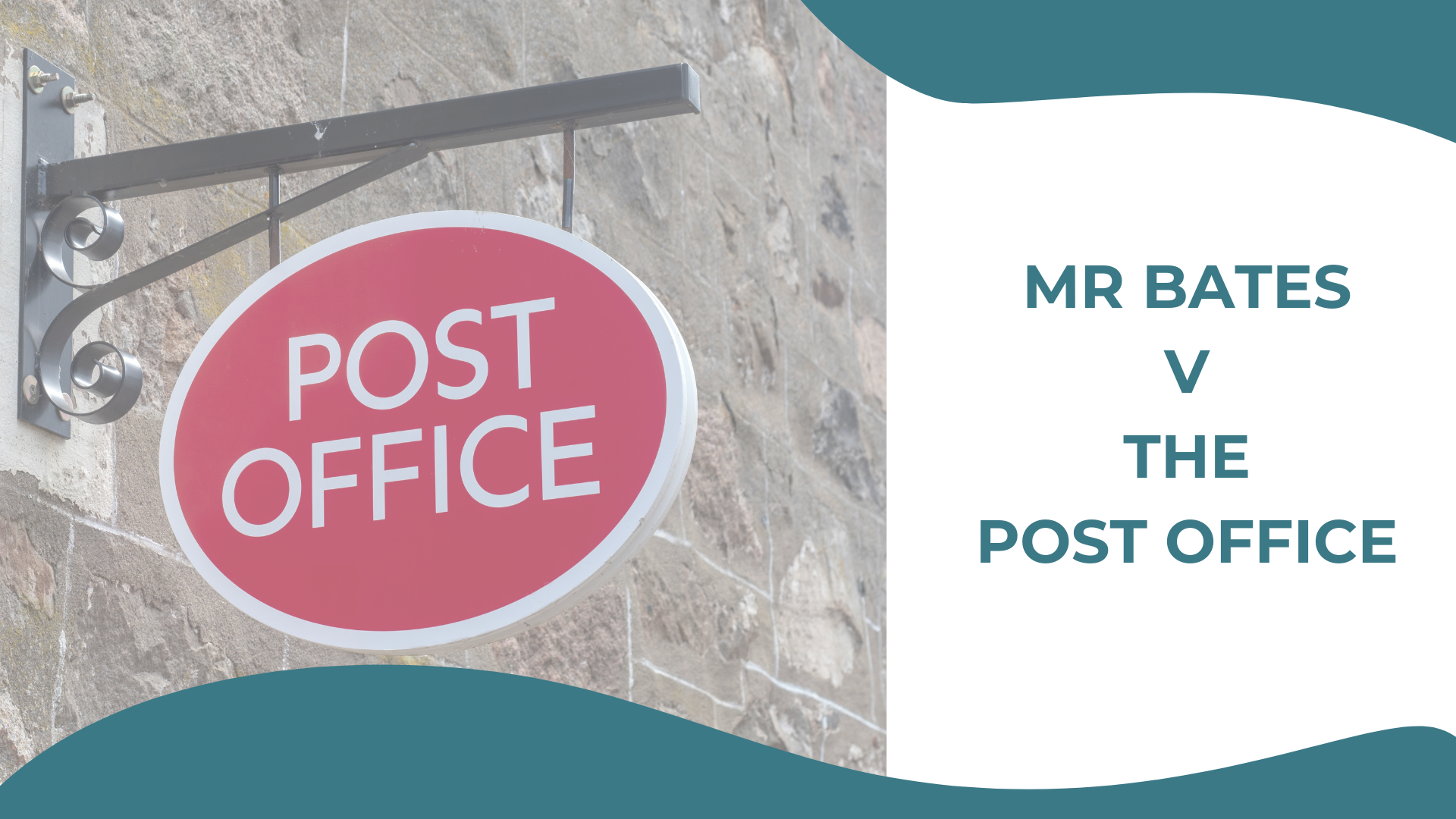This article on ‘Noticing’ forms part of our Leadership Insights series, highlighting the power of observation, looking to help leaders to improve their workforce engagement, leading to greater productivity, higher energy at work, better collaboration and longer retention.
The power of observation
During the past year, one unexpected upside of lockdown has been our joy to go for regular early morning walks. The other day we went for a beautiful walk along the river Thames when, next to the footpath in the marshy flooded meadows, we noticed a most magnificent creature.
There stood a grey heron. With its long sinuous neck, reed-like legs and a camouflage of feathers. It was a majestic sight to see. It stood absolutely still – statuesque. Waiting. Patiently waiting. Still, yet completely alert. Constantly observing its environment. Now and again, we recognised a slight stirring in the water and then, in a split second, the heron thrust its long S-shaped neck into the water to claim its prize. We were struck by the heron’s patience and its meticulous observation of the environment. Mixed with focused action, it yielded the desired outcome when the time was right.
The experience of seeing the heron hunt so successfully made a deep impression on me, after all, it was a very special way to start the day. It has led me to reflect since on the power of observation – of noticing, and how this can be translated into our world of organisational leadership, particularly now.
Why should I notice?
There was much talk about the challenge for leaders to make sense of our volatile, uncertain, complex and ambiguous (VUCA) world even before Covid-19 struck. The pandemic has brought home the realities of leading in an age of not knowing.
The context for leadership is heightened volatility and greater uncertainty. We have an abundance of data, but it’s still tough to cut through to real analysis and insight. Many decisions have added complexity, where it feels more like managing through fog than leading in broad daylight.
No one person can see the whole picture. Many of us are so busy that we fail to really engage with that part of the picture we can see. That’s why we need to intentionally and purposefully harness the power of observation. We need to notice what’s happening around us so that we can tailor our actions accordingly and be more effective.
Where do you start?
With fragmented and dislocated teams, it’s more important than ever for leaders to tune in to how individual team members are doing and take stock of each person’s engagement and energy levels. It’s also important to stay connected to the wider ‘system’ and context within which you are working. So, here are 3 areas for you to pay particular attention to:
- Notice team dynamics: How are people showing up? What’s happening that’s helpful / unhelpful? Things you can notice are:
- Patterns: synchronicities and dissonances
- Body language
- The interplay between team members or divisions
- Mood and energy levels at a particular meeting
- What people are saying / not saying
- Invite the team to notice: A great way to develop a deeper understanding of what’s going on, is to invite your team members to talk about what they are noticing. Different perspectives and viewpoints will be given. A useful framework for this type of discussion is ‘What’ (what are you noticing); ‘So What’ (what are the implications of what you are noticing)’; ‘Now What’ (what do we want to do with this information?).
- Think from the outside in too: Thinking from the outside in, invites your team to consider the wider environment (system) within which you are working. In zooming out, what are you observing outside the team that you need to notice and react to?
How do you notice?
This is not a tick box exercise, but a multisensory experience. We must be aware, observe, ask and listen to spot trends so that our responses are focused and drive helpful outcomes. At the same time, we need to look out for events outside our system so we can react in a timely and appropriate fashion. The leader who has the humility to reflect upon experience, observe the environment, listen and learn will gain greater understanding to navigate the storm.
What do I do with my noticing?
It is important to talk about what you are noticing. Sometimes it is appropriate to share your observations with just one other trusted colleague, or with the team member who is impacted. At other times, it is a wider group which needs to be involved. Try to get other people’s perspectives before you take action, because we all have biases which can distort our perception. By sharing your observations with your colleagues you are opening up a dialogue. This can already be an intervention in itself, as you are encouraging a culture of observation and sense-making within your team and wider organisation.




